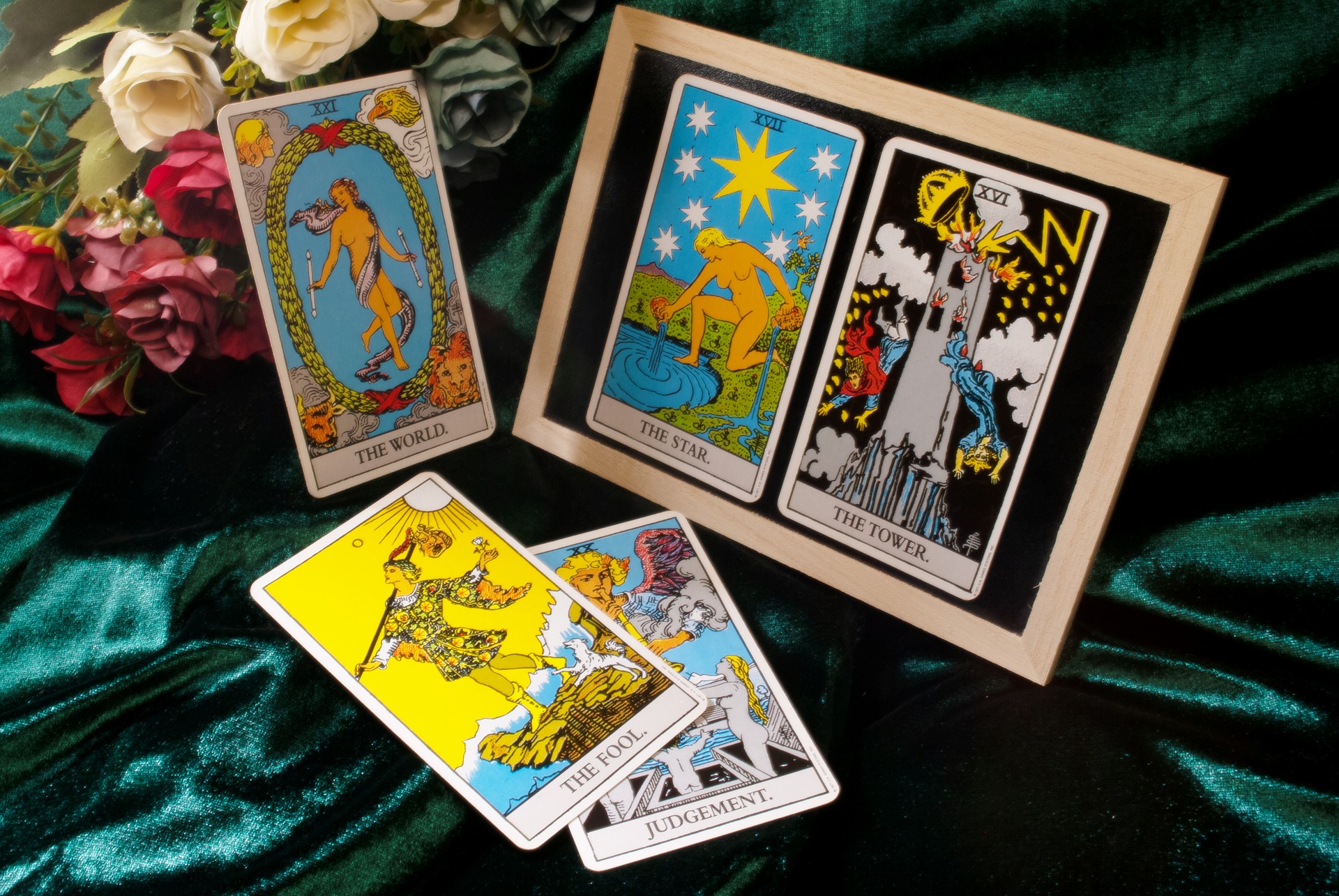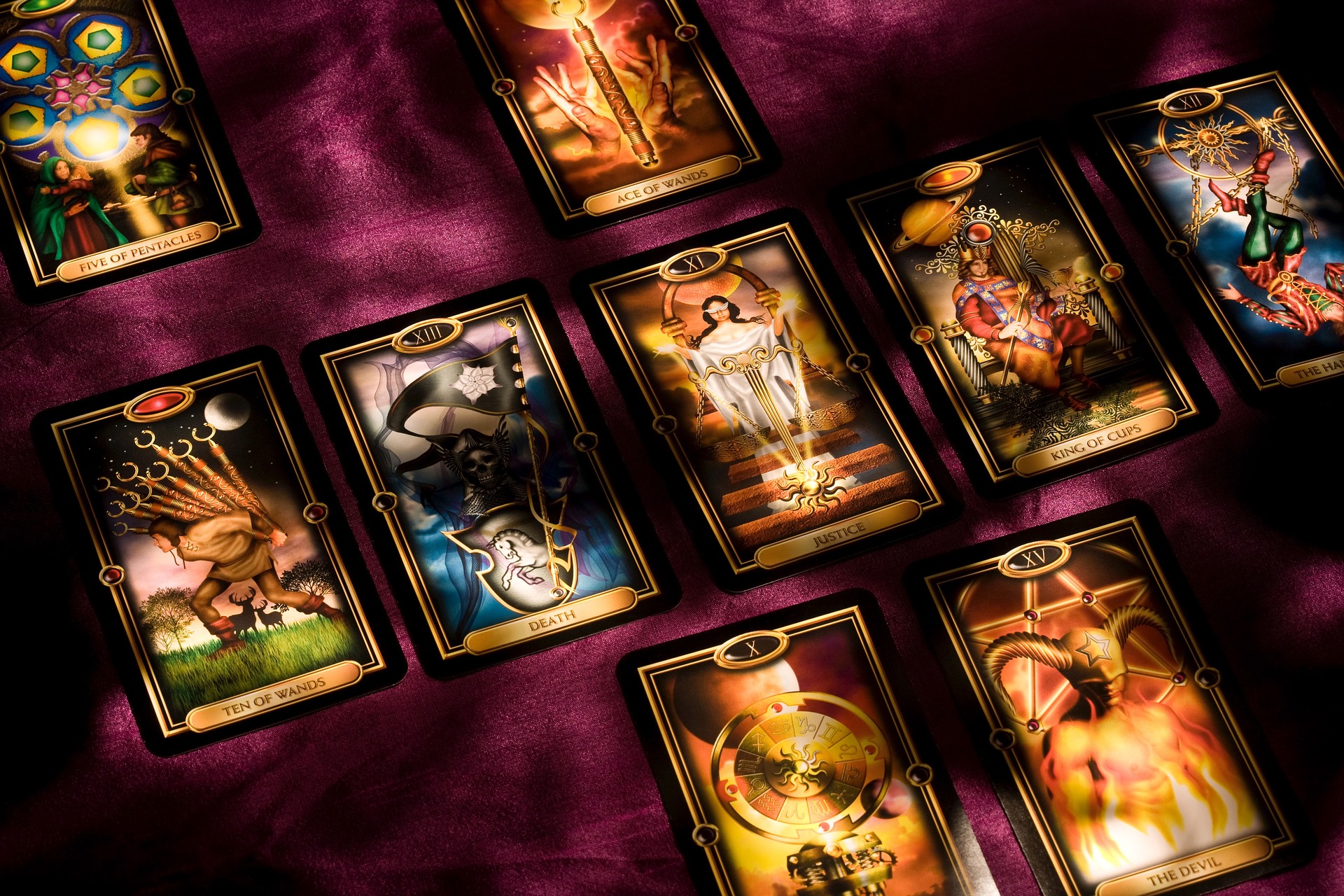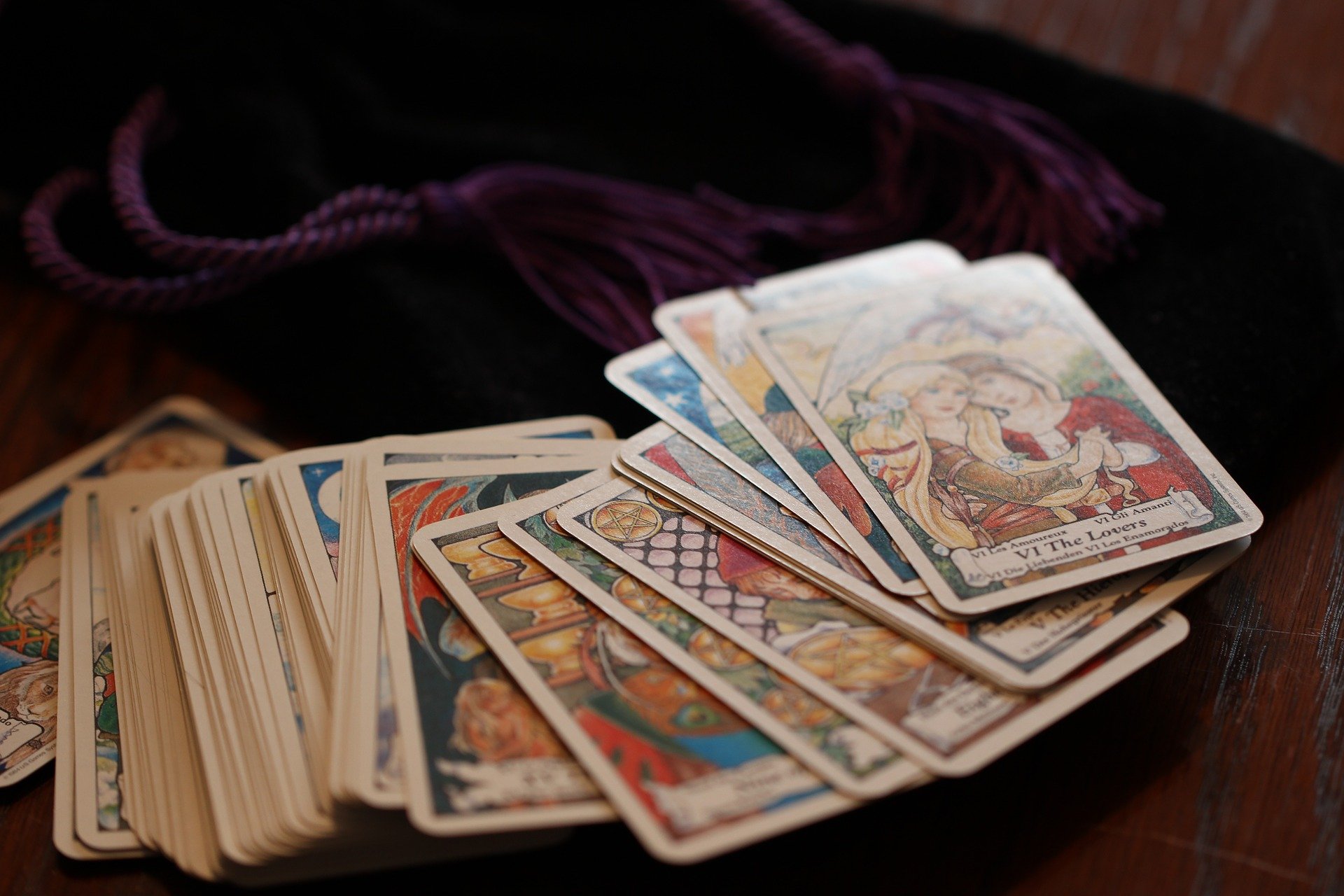Unraveling the symbolism of wands in Tarot: What do they represent?
The History of Wands in Tarot
Wands are one of the four suits in a standard Tarot deck, alongside Cups, Swords, and Pentacles. The suit of wands is often associated with creativity, passion, and action. These cards typically depict wooden staffs, rods, or staves, and they are often adorned with leaves, flowers, or other natural symbols. In Tarot readings, wands are connected to the element of fire, which represents energy, ambition, and spiritual growth. To truly understand the symbolism of wands in Tarot, it is essential to explore their history and cultural significance.
The origins of Tarot can be traced back to 15th century Europe, where it was initially used for playing a game called tarocchi. It wasn’t until the 18th century that Tarot cards began to be associated with divination, and subsequently, their symbolism and meaning became more refined and elaborated upon. The introduction of wands as a suit in the Tarot deck reflects the spiritual beliefs and cultural values of the time. Wands were often seen as symbols of power, authority, and creativity, making them a fitting addition to the Tarot deck.
The Symbolism of Wands
Wands are often associated with the element of fire, which represents transformation, passion, and vitality. In Tarot readings, the suit of wands is linked to the realm of action and ambition, as well as personal growth and spiritual development. Each card in the suit of wands carries its own unique symbolism and meaning, but they are all connected to the overarching themes of energy, creativity, and passion.
The Ace of Wands, for example, represents new beginnings, inspiration, and potential. This card is often seen as a symbol of creative energy and the spark of an idea. The Page of Wands, on the other hand, embodies youthful energy, enthusiasm, and the pursuit of new experiences. Each card in the suit of wands offers its own perspective on the themes of creativity, ambition, and spiritual growth, providing valuable insight for those seeking guidance in their lives.
Interpreting Wands in Tarot Readings
When wands appear in a Tarot reading, they often signify action, passion, and the pursuit of goals. These cards encourage the querent to take an active role in their own life and to harness their creative potential. Wands are also associated with confidence, courage, and enthusiasm, making them a powerful symbol of determination and drive.
Depending on the specific card and its placement in the reading, wands can also represent challenges, obstacles, or the need to overcome adversity. The Ten of Wands, for example, may suggest a burden or heavy responsibility that the querent is carrying. Conversely, the Three of Wands might signal a period of growth, expansion, and opportunity on the horizon.
The Importance of Wands in Tarot
Wands play a crucial role in the symbolism and meaning of Tarot readings. As a representation of fire and energy, wands offer valuable insights into the querent’s ambitions, desires, and creative potential. They serve as a reminder to pursue one’s passions, act with courage and confidence, and embrace new opportunities for growth and development. Whether they appear in a reading as a call to action or as a symbol of challenge, the presence of wands in a Tarot spread can provide valuable guidance and direction for the querent.
The Symbolism of Wands in Tarot
Wands are one of the four suits in the Tarot deck, and they have a significant symbolic meaning. In a Tarot reading, wands are associated with the element of fire, representing energy, creativity, and action. They are also connected to the astrological signs of Aries, Leo, and Sagittarius, which further emphasizes their fiery and passionate nature. The imagery on the wands cards often includes depictions of trees, staffs, and other symbols of growth and vitality, highlighting the suit’s association with new beginnings and personal development. When interpreting a Tarot spread, it is important to understand the deeper symbolism of wands and how they can influence the overall meaning of a reading.
Representing Inspiration and Creativity
One of the key meanings of wands in Tarot is their association with inspiration and creativity. The suit of wands often appears in readings related to career, passion projects, and personal growth. When the wands cards come up, it signifies a time of motivation and enthusiasm, urging the querent to pursue their goals and embrace their creative potential. The imagery of wands cards often includes vibrant colors and dynamic compositions, reflecting the lively and energetic nature of this suit. Additionally, wands are a symbol of action and initiative, reminding the seeker to take charge of their life and pursue their dreams with determination and confidence.
Symbolizing Power and Determination
Another important aspect of wands in Tarot is their representation of power and determination. The suit of wands is associated with leadership, ambition, and the drive to succeed. When wands cards appear in a reading, they often suggest that the seeker has the inner strength and resilience to overcome challenges and achieve their goals. The imagery of wands cards may include depictions of strong, confident figures wielding staffs or wands, symbolizing their ability to take charge and assert their will. This symbolism is a powerful reminder for the querent to tap into their inner strength and assert themselves in pursuit of their aspirations.
Embodying Spiritual Growth and Transformation
Wands in Tarot also hold symbolic meaning related to spiritual growth and transformation. The suit of wands is deeply connected to personal development and the journey of self-discovery. When the wands cards appear in a reading, they often signify a period of positive change and inner growth. The imagery of wands cards may incorporate elements of nature and renewal, such as budding branches or blooming flowers, representing the potential for spiritual awakening and transformation. Wands also symbolize the power of intention and manifestation, reminding the seeker to focus on their desires and work towards aligning their actions with their higher purpose. Ultimately, the symbolism of wands in Tarot serves as a guiding light for those seeking to embrace their inner power and pursue their path of personal and spiritual evolution.
The Element of Fire
Wands in the Tarot deck are often associated with the element of fire, representing energy, passion, and transformation. This connection can be seen in the imagery of many wands cards, which often feature dynamic and energetic scenes. The element of fire is often symbolic of creativity, inspiration, and the power to manifest one’s desires. In the context of the Tarot, wands can signify the spark of an idea, the drive to pursue a goal, or the determination to overcome obstacles. Therefore, wands cards often indicate a need for action, initiative, and a willingness to take risks in order to achieve one’s ambitions.
The Suit of Wands
In the Tarot deck, wands are one of the four suits, each of which has its own unique symbolism and characteristics. The suit of wands is often associated with the realm of work, career, and personal projects. It represents the creative and active aspects of life, as well as the challenges and opportunities that come with pursuing one’s passions. Wands cards often relate to themes of ambition, drive, and the ability to take charge of one’s own destiny. They can also signify the importance of taking a proactive approach to solving problems and finding solutions.
The Ace of Wands
One of the most powerful and iconic cards in the Tarot deck is the Ace of Wands. This card symbolizes the spark of inspiration, the birth of new ideas, and the potential for growth and transformation. In a reading, the Ace of Wands often suggests a new beginning, a burst of creative energy, or the opportunity to pursue a new venture. It can also represent the awakening of passion, enthusiasm, and a sense of purpose. The Ace of Wands encourages us to tap into our inner fire, to embrace our passions, and to take bold steps toward realizing our dreams.
Conclusion
In conclusion, the symbolism of wands in the Tarot is rich and multi-faceted. From their association with the element of fire to their representation in the suit of wands and the powerful imagery of the Ace of Wands, wands cards carry a message of passion, creativity, and the power to manifest one’s desires. When wands appear in a Tarot reading, they often call on us to take action, to pursue our goals with determination, and to harness the energy that comes from within. By unraveling the symbolism of wands in the Tarot, we can gain a deeper understanding of our own passions, ambitions, and potential for growth and transformation.







